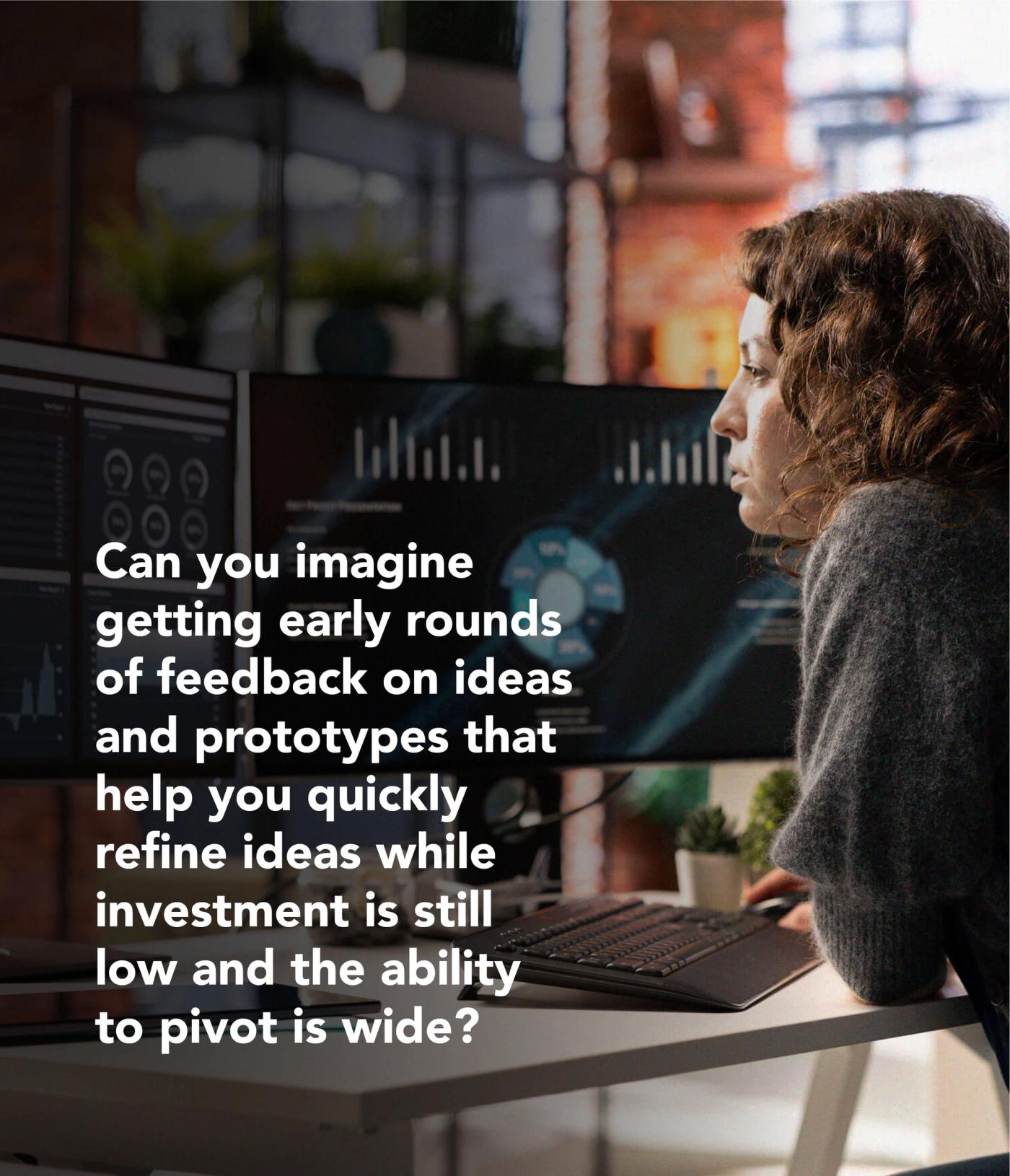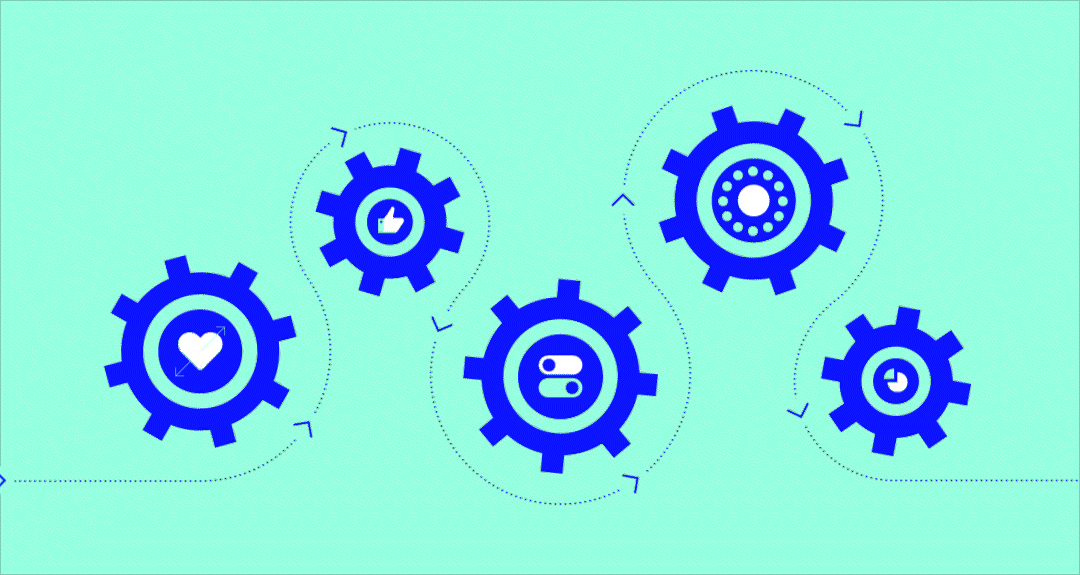Innovation Depends Upon Connecting Personas to People
The next era of human-centered innovation belongs to those who can connect empathy with business intelligence. AI might be the savior.

I've spent two decades watching teams chase insight-driven innovation—only to hit a wall when it's time to prove the business case. The pattern is painfully familiar: we segment people by their beliefs, lifestyles, or aspirations, give them names like "Conscious Explorers" or "Status Seekers," and build bold concepts around their unmet needs. The insights are rich. The ideas are powerful. The research is penetrating. Then someone asks the question: How big is this market? And suddenly… the room goes quiet.
This is the fatal flaw in how most companies approach understanding customers in an effort to move forward with confidence. Personas build empathy and inform and inspire creative teams, but they can't quantify opportunity. They don't always tie back to real, measurable populations-- and don't help teams model market potential.
Promising ideas often get shelved because there is no way to justify the investment. The innovations feel right, test well, but go nowhere because they can't be justified beyond the concept stage. Some innovations are launched but never reach their potential. Not because the idea was wrong, but because there aren’t enough customers, or the marketing team can't translate the personas into real-world target segments they can find and influence. Either way, the impact is the same: great ideas that fail to scale.
An AI-Powered Bridge Between Qualitative and Quantitative

Breakthrough innovation begins with human insight, but it succeeds when we can connect that insight to real-world relevance and reach. What innovation teams truly need is a way to translate small-sample, qualitatively derived personas into scalable, data-driven opportunities. A way to connect who they are with where they are, how many of them exist, and how to reach them. Until recently, the leap from qualitative insight to measurable business impact was primarily a matter of guesswork or extensive, time-consuming segmentation studies. But AI is changing that.
Today, we can leverage the rich attitudinal insights contained in personas and utilize machine learning to map them to real-world populations, utilizing data from social behavior, media habits, mobility, and purchasing patterns. AI can bridge the gap between what people care about and how many of them exist, turning insights into market strategy.
If human-centered innovation is about designing for real people, market-making innovation also requires knowing how many of them are out there and how to tap into them. And that's exactly what AI can now help us solve.

4 Steps to Scaling Qualitative Personas
Scaling qualitative personas can be done in a variety of ways depending on your organization's capabilities, and your access to third party data. If you are like Ziba, with significant qualitative research capabilities including ethnographic research and in-depth interviews, then you have a great starting place. Creating personas based on deep insight ensures not only that the resulting personas represent real people but that they are also very specific to the innovation challenge at hand. This makes them great for driving the exploration of ideas that will resonate with consumers. Personas that represent a relevant portion of the market are anchored by real world data such as retail and purchase behavior, digital and social behavior, location data and search data. Bolstered with this quantitative reality and credibility, decision makers have what they need to act with conviction.
Understanding markets with greater precision by integrating qualitative insights with behavioral and demographic data is a powerful approach that blends the subtlety of human understanding with the scale of data science. Here's a detailed breakdown of how this process works:

1. Develop Rich Qualitative Inputs
Begin with small-sample (approximately 6 to 12 people) qualitative research such as in-depth interviews or ethnographic studies to provide contextual insights into customer values and motivations, attitudes, interests, and personality traits. Information from focus groups and surveys can also be used to enrich the thinking.

2. Develop Personas Manually or By Using AI to Extract Themes and Signals
This process includes identifying recurring themes, sentiments, and intents, then clustering responses into psychographic attributes, and extracting key phrases and emotional drivers. Experienced teams can map out a range of personas that capture different attitudes, values, and behaviors characterizing distinctly different mindsets relevant to your core challenge or topic area. Alternatively, AI, with its Natural Language Processing (NLP), can be used to transform unstructured qualitative data into personas that include attitudes, values and personality traits. Regardless of how personas are created, but especially with the use of AI, personas need to be carefully considered so they accurately reflect real people, are differentiated, and relevant to the problem at hand.

3. Enrich with Behavioral and Demographic Data
Link qualitative themes to behavioral data such as website interactions, purchase history, app usage, and clickstream data, as well as demographic data including age, gender, income, location, and education. This can be accomplished by leveraging data from Customer Relationship Management (CRM) systems, Customer Data Platforms (CDPs), and third-party data enrichment services. These data sources will need to be available or created unless your segmentation engine provides some of this.

4. Build Hybrid Statistical Segmentation Models
Use AI or machine learning to create “segments” that combine psychographic dimensions from qualitative analysis, behavioral patterns from digital footprints, and demographic profiles from structured data. Audience insight platforms such as Resonate, YouGov, and MRI-Simmons Catalyst have built-in segmentation engines or dashboards and pre-modeled audiences or psychographic clusters that can create segmentations without you needing to train the model with your own customer data or proprietary data. For more advanced customization, platforms like SageMaker and Databricks let you build and refine models using your own data and training logic.

The marriage of qualitative insight and AI-powered quantification represents more than just a methodological improvement: it's a fundamental shift in how we approach innovation. We're moving from an era where human understanding and market validation existed in separate silos to one where they can finally work in harmony.
This integration solves the innovation industry's most persistent challenge: the ability to be both deeply human in our insights and rigorously scalable in our execution. When we can take the "Conscious Explorer" we discovered in our ethnographic research and map her to 2.3 million consumers across specific zip codes, with defined media consumption patterns and purchasing behaviors, we've bridged the gap that has killed countless promising innovations.
Going even further, fast moving companies are using this integrated approach to create “synthetic” AI personas that can provide simulated feedback on new product ideas, features, or creative concepts to surface potential reactions, concerns, and objections. Some organizations are even using LLM‑powered personas in workshops where designers and marketers can “interview” a persona in a live session to get rapid reactions and even co-create solutions for current and potential future customers.
The companies that will lead the next wave of breakthrough innovation won't be those with the best qualitative researchers or the most sophisticated data scientists. They'll be the ones who can seamlessly blend both capabilities. They'll use AI not to replace human insight, but to amplify it. They’ll take the profound understanding that comes from sitting with or observing real people and translate it into strategies that can reach millions of them.
This is the future of innovation: empathy at scale, powered by business intelligence. The technology is here. The methodology is proven. The only question is: will you be among the first to embrace it, or will you continue to watch great ideas fail to find their market?
Let’s talk about how Ziba can help you build powerful personas that are nuanced, relevant, and statistically validated.




